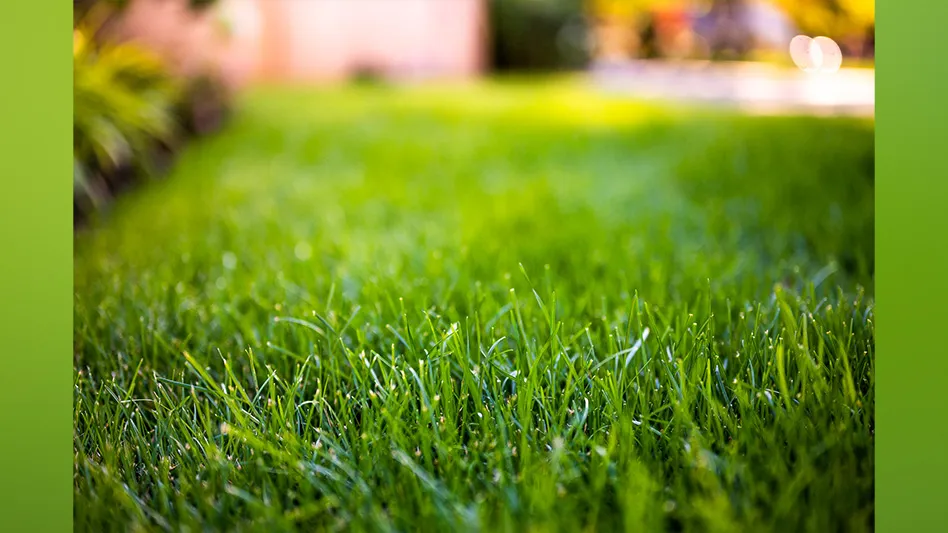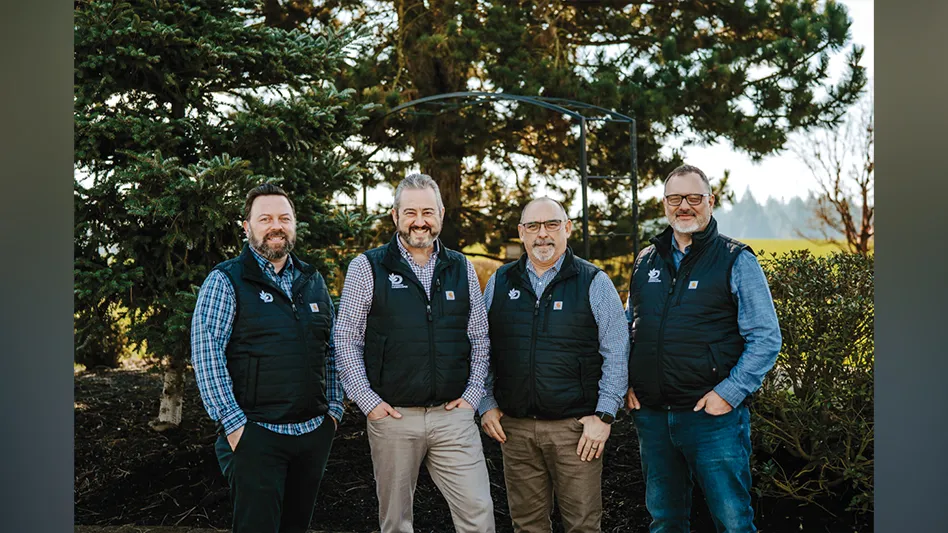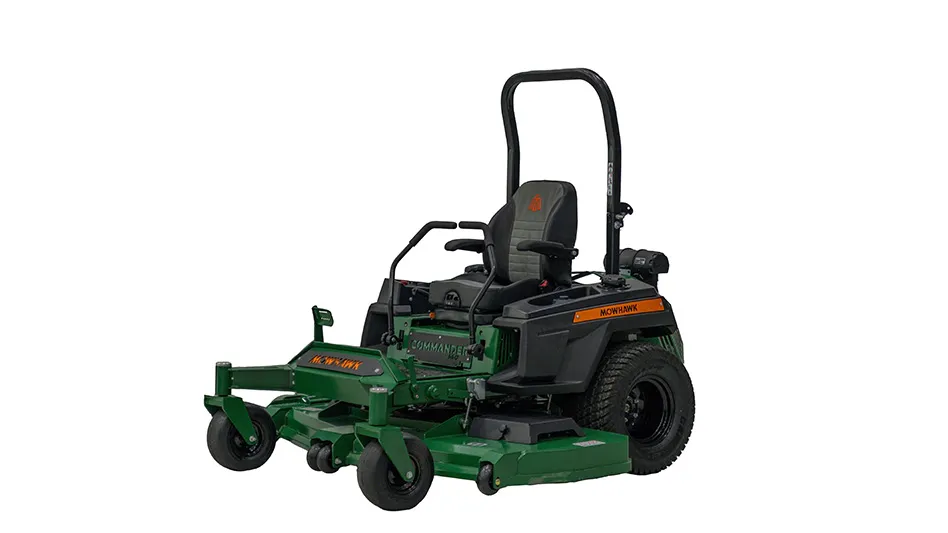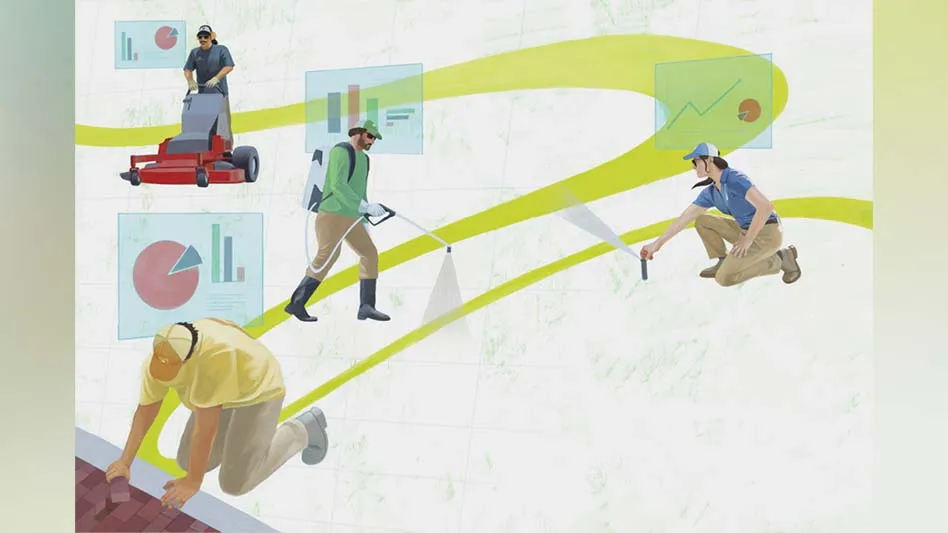Changing the method of treating a lawn is the first thing a company might think to do when deciding to go organic. But lawn care isn’t the only way you can become more organic. Design/build companies can also become more environmentally conscious in the plans they propose to customers. Camilla Warden, owner of Camilla Landscape Design in Brookfield Conn., thinks organic in her design plans. She is a member of the Northeast Organic Farming Association, an organization that teaches organic is more of a system.
The organization wants to work with and sustain living ecological systems and cycles, build relationships that ensure fairness with regard to the common environment and life opportunities and manage land in a way that protects the health and well-being of current and future generations and the environment.
“Organic landscaping, therefore, goes beyond the mere substitution of lower toxicity or naturally-derived products to the landscape,” she said. “Of course, this is important, but it looks at the bigger picture – what can be done to protect and restore the local ecosystem and, at the same time, do no harm to the environment.”
Working organic practices into design plans go beyond just using your professional skills, Warden says.
“You have to be an educator as well as a designer,” she said. “You have to consider how resources will be used and the maintenance of your design. It’s also helpful to understand ecological succession – how the forces of nature will influence your plant selections over time and what inputs will be needed to halt the progression. For example a meadow will require yearly mowing or burning to keep it from progressing to shrubs and trees.”
Warden says some questions to ask yourself include: Are you using locally-sourced materials? Are you grouping plants in communities that one might find naturally? Are you using plants that support wildlife to have a better functioning ecosystem? Are you designing for low water usage?
“While there are many organic-savvy clients out there, most clients are not educated in organic methods and practices or they are just not interested in adopting “organic” on their property,” she said.
“They may want a “perfect” look in the traditional sense – big dark green, weed-free lawns, manicured shrubs in mulched beds. In many neighborhoods, this is still the ‘look.’ However, this is changing as consumers become more aware of the potential dangers of pesticides and are increasingly concerned about their health, their families’ health and the interconnectedness of life on earth.”
Warden also recently teamed up with a hardscape contractor, where the duo is also practicing organics on jobs.
“We try to use natural rock from local sources for our hardscape projects,” she said. “We try to use whatever natural features exist on the property. One good example is exposing a ledge on a rocky site. Instead of bringing in mountains of soil on which to grow imported Kentucky bluegrass, oftentimes we will scrape out and expose the natural beauty of the rock and stuff the crevices with native grasses, ferns and rock plants.”
As far as selling organic services, Warden says the organic landscaper has a tough job of steering the client toward the more sustainable landscape. That could mean a smaller, not-so-perfect lawn, the use of native plants or the concept of using indigenous materials, such as chopped, fallen leaves for mulch. And that’s not even accounting for the standard client requests such as plant selection, bloom time, color and choices for screening the view of the neighbor’s property.
“An organic plan will strive to combine the clients’ requests with ecological stewardship,” she said. “Sometimes you have to say ‘No – I won’t plant that,’ such as the case when an invasive plant such as burning bush is requested.
“An organic landscaper will have a good mental list of native plant alternatives. They will have researched the ecology of the site where they are working. They will have a good understanding of what constitutes healthy soil. They will be skilled in proper planting and maintenance techniques. Most importantly, they will be able to share their passion for growing things in an environmentally sensitive way.”





